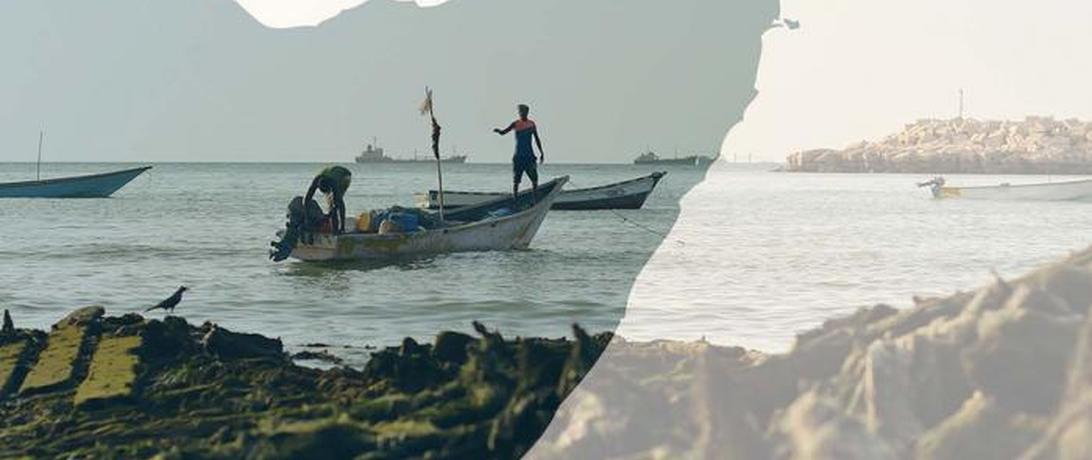
As competition for finite fisheries resources increases, the risks of violent conflict over fisheries also rise. Where and when can we expect fisheries conflict to occur? Which actors are most likely to participate in fisheries conflict? What are the most frequent causes of fisheries conflict? How often does conflict result in arrests, property damage, or death? What can be done to mitigate fisheries conflict? Rough Seas: The Causes and Consequences of Fisheries Conflict in Somali Waters explores the frequency, intensity, and drivers of fisheries conflict in Somali waters between 1990 and 2018.
By analyzing event-level conflict data collected from public news reports, we expanded upon our Fisheries Conflict Database. This database contains 186 discrete instances of fisheries conflict, called Fisheries Dispute Events (FDE), in Somali waters. Each entry contains information on the date, location, actors, drivers, and consequences of the FDE. Furthermore, we derived scores measuring the intensity of fisheries conflict, on a scale of 0 to 3, for each Somali region and each year of coverage.
Key Findings
Our findings are as follows.
- There were three distinct periods of conflict with different defining characteristics: conflict between domestic and foreign fishers (1998–2000), conflict driven by piracy in Somali waters (2007–2010), and conflict resulting from the return of foreign fishing fleets (2014–2015).
- The five primary causes of fisheries conflict in Somali waters were the presence and actions of foreign fishers (legal or otherwise), illegal fishing, low governance capacity to deal with fisheries conflicts, limitations on access to fishing grounds, and piracy.
- Foreign fishers were the most common actor in conflicts.
- In Somali waters, the presence of the international community—both warships and fishing vessels—is one of the major causes of maritime instability and fisheries conflict. The international community must take responsibility for its presence in Somali waters.

To learn more and see what steps can mitigate fisheries conflict, download our full report.
Document Citation: http://dx.doi.org/10.18289/OEF.2020.042